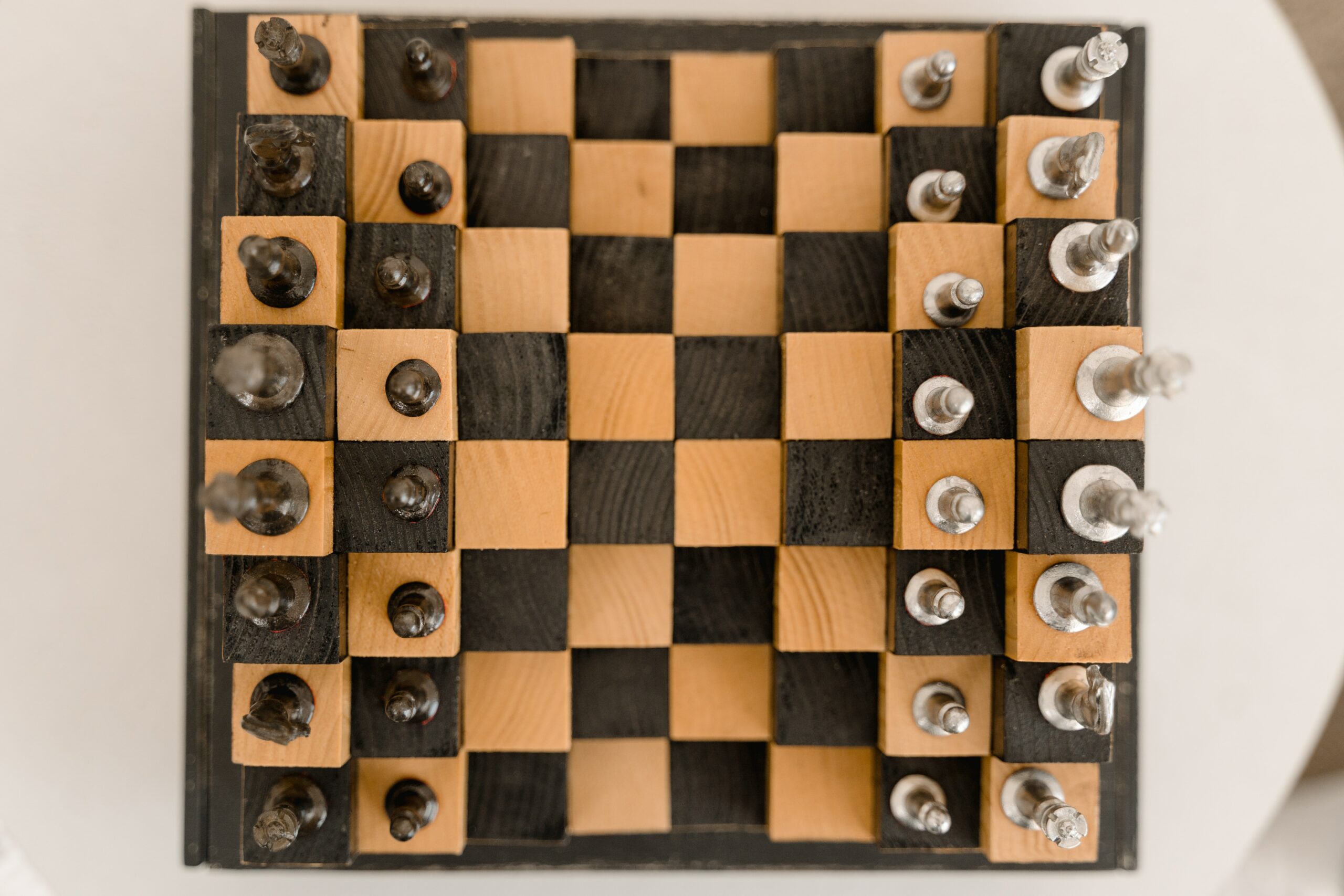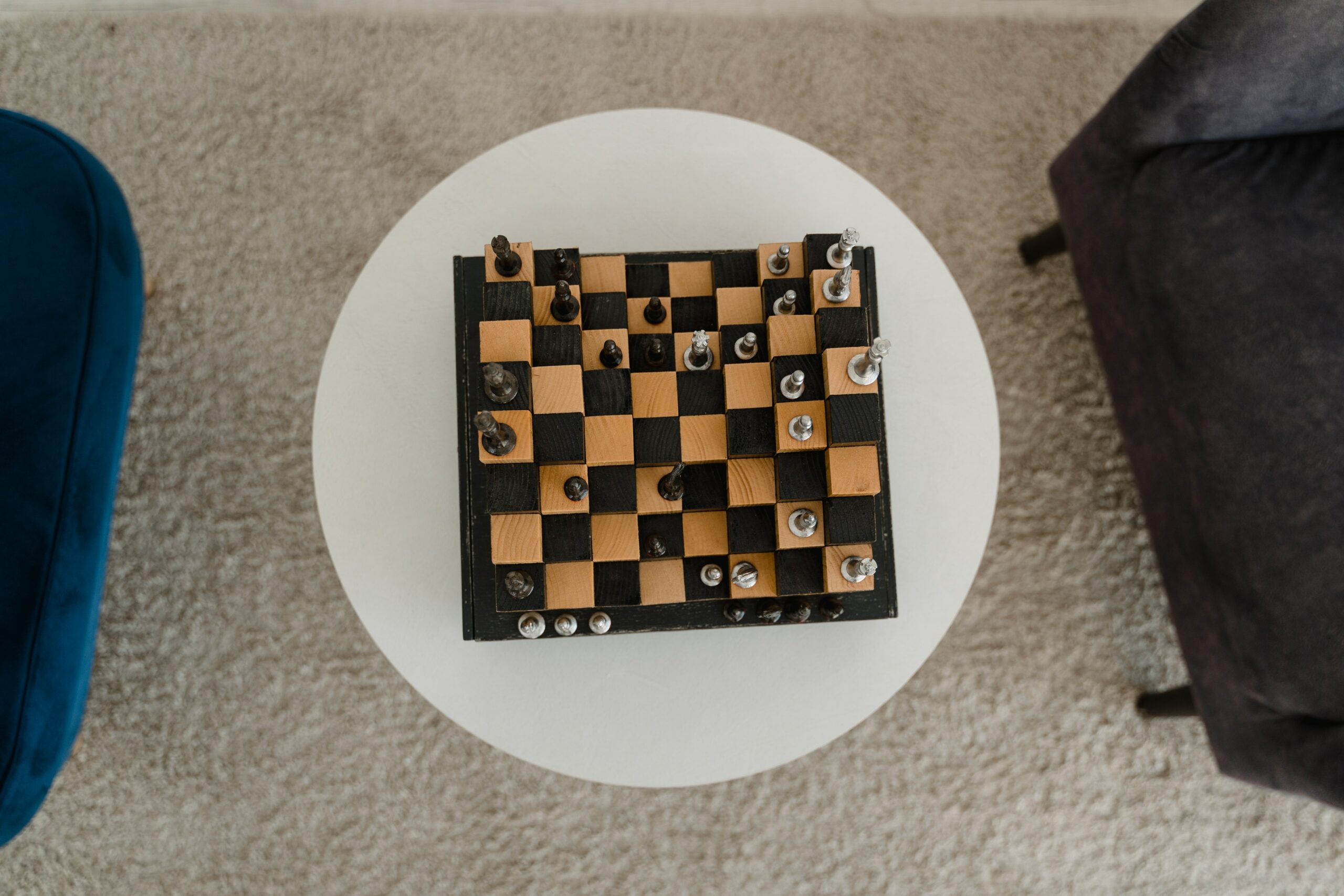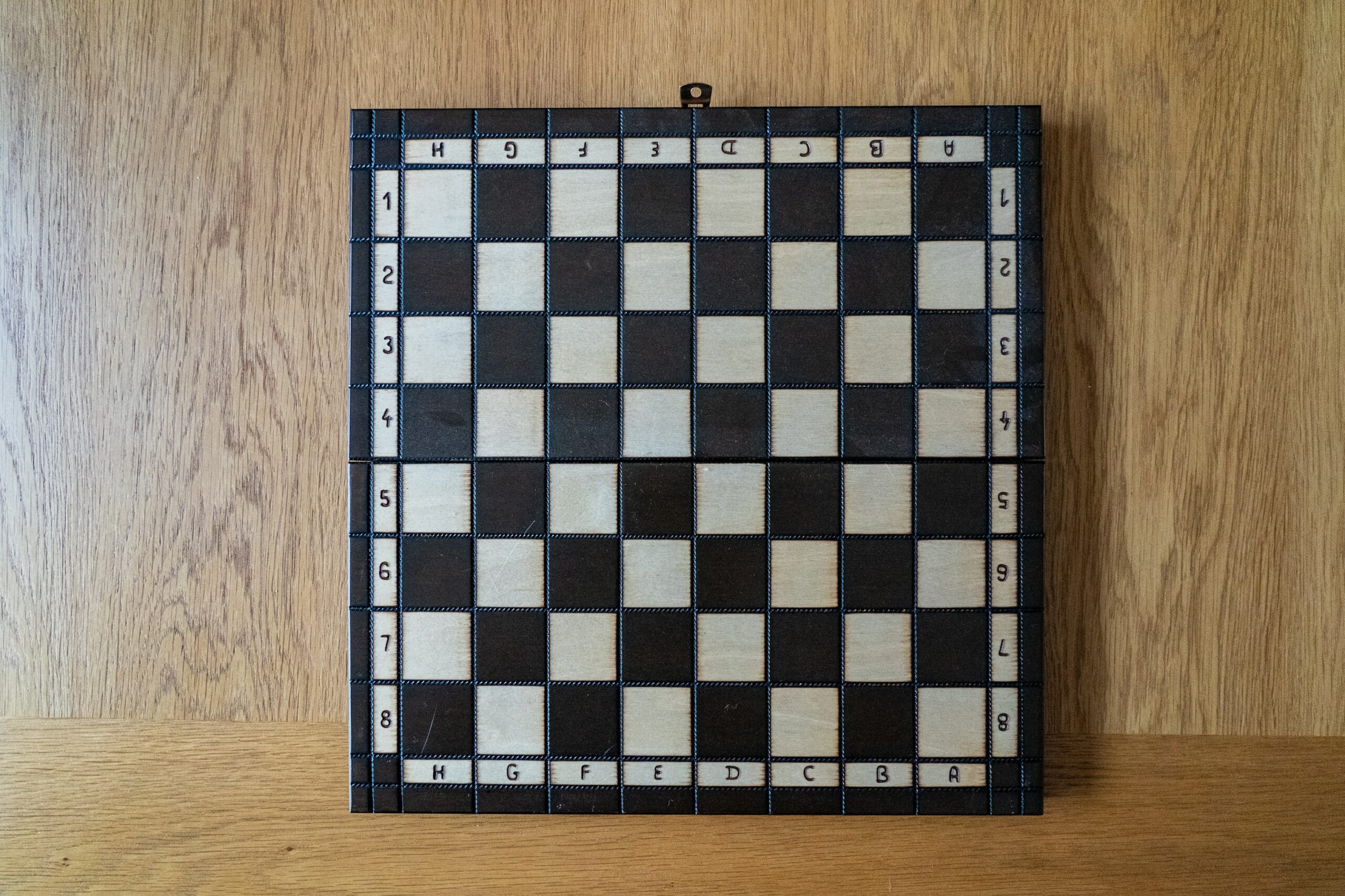Chess, a timeless game of strategy and intellect, has captivated players of all ages for centuries. As you delve deeper into the world of chess, you might find yourself drawn not only to the intricacies of the game itself but also to the beauty of the chessboard. Crafting your chess squares can be a rewarding and creative endeavor, adding a personal touch to your chess set.
In this comprehensive guide, we will take you through the process of creating chess squares from scratch. Whether you’re a chess enthusiast looking to enhance your gaming experience or a passionate woodworker seeking a unique project, our step-by-step instructions and valuable insights will guide you on this exciting journey.
How important are perfectly crafted chess squares?
Crafting your chess squares with precision is more crucial than you might think. When playing chess, the size and evenness of the squares play a significant role in ensuring a fair and enjoyable game.
A well-made chessboard provides a smooth surface for the pieces to glide across, preventing them from getting stuck or knocked over during play. Additionally, the aesthetics of your chess squares can elevate the overall appeal of the game, making it even more enjoyable to play and display.
What materials do you need to create your chess squares?
To embark on your chess square crafting adventure, you’ll need a few essential materials. First and foremost, select high-quality wood for the chessboard. Popular choices include maple, walnut, cherry, mahogany, and rosewood, each with its unique appearance and characteristics.
You’ll also need woodworking tools like a saw, chisels, a drill, sandpaper, and clamps. Don’t forget to gather wood glue and a suitable finish to protect and enhance the beauty of your chess squares.
Where to find design inspirations for unique chess squares?

Designing your chess squares allows you to add a personal touch and make them truly one-of-a-kind. Look for inspiration from various sources, such as online woodworking communities, chess enthusiast forums, or even classic chess sets from different cultures.
Embrace your creativity and experiment with different inlay patterns, geometrical designs, or even personalized engravings that reflect your style and passion.
Why is precise measurement crucial in making chess squares?
Precise measurement is crucial in making chess squares due to several reasons. Firstly, precise measurements ensure that each chess square is identical in size, resulting in a level playing surface. This prevents any imbalances or unfair advantages during gameplay.
Secondly, accurate measurements contribute to the overall aesthetics of the chessboard. Uniformly sized squares create a visually pleasing pattern, enhancing the beauty of the board. Additionally, precise measurements facilitate the proper fitting of the chess pieces onto the squares, ensuring stability and ease of movement.
What are the best tools for cutting and shaping chess squares?
When it comes to cutting and shaping chess squares, having the right tools can make a significant difference in the outcome of your project. A quality table saw or miter saw is ideal for making precise cuts and achieving the exact measurements required for each square.
Chisels are essential for smoothing out rough edges and creating fine details, such as inlays, while a drill comes in handy for making holes for dowels if you’re creating a folding chessboard. Additionally, sandpaper is essential for achieving a smooth and flawless finish on your chess squares.
How to choose the right wood for durable and beautiful chess squares?
When it comes to selecting the ideal wood for crafting durable and beautiful chess squares, there are several factors to consider. First, prioritize durability, as chess squares should withstand frequent use without warping or damage.
Look for woods that have a reputation for strength and resilience. Additionally, consider the aesthetic appeal of the wood. Different woods offer distinct colors, grains, and patterns, allowing you to choose a material that aligns with your desired chessboard’s overall look and feel.
Lastly, think about the maintenance required for each wood type. Some woods may require regular care and refinishing to maintain their beauty over time.
| Wood Type | Appearance | Durability |
|---|---|---|
| Maple | Light-colored with subtle grain patterns | Highly durable, resistant to warping |
| Walnut | Rich dark brown with prominent grain lines | Very durable and resistant to scratches |
| Cherry | Warm reddish-brown with elegant grain variations | Durable, but requires careful maintenance |
| Mahogany | Deep reddish-brown with straight, fine grain | Highly durable, ages beautifully over time |
| Rosewood | Dark with distinctive patterns and colors | Extremely durable and resilient |
What are the best staining and finishing techniques for a professional look?
Staining and finishing your chess squares are crucial steps in achieving a professional and polished appearance. Before applying any stain, ensure the wood is sanded smooth. Choose a stain that complements the wood type and brings out its natural beauty.
Apply the stain evenly and wipe off any excess for a consistent finish. Once the stain is dry, protect your chess squares with a durable topcoat, such as polyurethane or lacquer, to enhance their longevity and maintain their luster.
How to create custom inlays to add a personal touch to your chess squares?
Creating custom inlays is a wonderful way to infuse your chess squares with a personal touch and make them truly unique. Inlays are decorative elements embedded within the wood, allowing you to add intricate designs or patterns that reflect your creativity and style.
Experiment with different materials, colors, and shapes to achieve stunning effects. From geometric patterns to initials or symbols, custom inlays will elevate the aesthetics of your chess squares and make them stand out as a true work of art.
What are the common mistakes to avoid when making chess squares?
When crafting chess squares, it’s important to be aware of common mistakes that can hinder the quality and outcome of your project. Avoiding these pitfalls can ensure that your chess squares are of the highest standard.
Here are some common mistakes to watch out for:
-
Inaccurate measurements: Precision is key when creating chess squares, so double-check your measurements before cutting.
-
Low-quality wood: Choosing inferior wood can lead to a subpar chessboard. Opt for high-quality wood that is durable and aesthetically pleasing.
-
Rushing the finishing process: Patience is essential when it comes to finishing your chess squares. Take the time to sand, stain, and apply a protective finish properly.
-
Neglecting proper sanding: Skipping or inadequate sanding can result in rough surfaces or uneven squares. Thoroughly sand each square to achieve a smooth and flawless finish.
-
Lack of attention to detail: Pay close attention to every step of the process, from cutting to assembling. Carelessness can lead to inconsistencies and unevenness in your chess squares.
How to ensure uniformity and consistency in your chess square set?
Maintaining uniformity and consistency throughout your chess square set is vital to create a visually pleasing and professional-looking chessboard. Double-check your measurements and use jigs or guides to ensure accurate cuts.
Regularly compare the squares during the crafting process to guarantee consistent sizes and shapes. Attention to detail will result in a harmonious set that enhances your chess-playing experience.
What are the essential safety precautions when working with woodworking tools?

Woodworking tools can be powerful and potentially hazardous if not used properly. Always prioritize safety by wearing protective gear, such as safety glasses, gloves, and a dust mask. Familiarize yourself with the specific safety features and instructions for each tool.
Keep your work area clean and organized to minimize accidents. When using power tools, maintain a firm grip and focus on the task at hand. By observing safety precautions, you can enjoy woodworking while minimizing risks.
How to level up your craftsmanship with advanced chess square designs?
Once you have mastered the basics of chess square crafting, you may want to challenge yourself with advanced designs. Explore intricate inlays, and complex patterns, or experiment with different wood combinations.
Advanced techniques like marquetry or pyrography can add a touch of artistry to your chess squares, showcasing your evolving craftsmanship and creativity.
What are the best ways to promote and sell your handmade chess squares?
If you have a passion for crafting chess squares and wish to share your creations with others, consider promoting and selling them. Online platforms such as Etsy, eBay, or your personal website can help you reach a wider audience.
Showcase your craftsmanship through high-quality photographs and detailed descriptions. Engage with chess enthusiasts and woodworking communities through social media channels or online forums to establish connections and gain exposure for your unique chess square creations.
How to maintain and care for your chess squares to make them last for generations?
Proper maintenance and care will ensure your handmade chess squares stand the test of time. Avoid placing your chessboard in direct sunlight or extreme temperature fluctuations, as they can cause warping or discoloration.
Regularly clean the chess squares with a soft cloth to remove dust or debris. Use a mild wood cleaner or a mixture of water and vinegar for deeper cleaning, if needed. Applying a fresh coat of finish every few years will help protect the wood and maintain its luster.
Where to find a community of chess square craftsmen to share ideas and tips?

Being part of a community of like-minded craftsmen can be enriching and inspiring. Join online woodworking forums, and social media groups, or attend local woodworking events and workshops to connect with other chess square craftsmen.
Share your experiences, exchange ideas, and seek advice from fellow enthusiasts. Engaging with a community passionate about chess and woodworking will not only expand your knowledge but also foster new friendships and collaborations.
In General
Crafting your chess squares is an opportunity to combine the artistry of woodworking with the strategic beauty of chess. From selecting the right wood to mastering advanced techniques, this step-by-step guide has equipped you with the knowledge and inspiration to create exquisite chess squares.
So, gather your materials, unleash your creativity, and embark on a journey that will enhance your chess-playing experience and leave you with a cherished masterpiece. Happy crafting!




